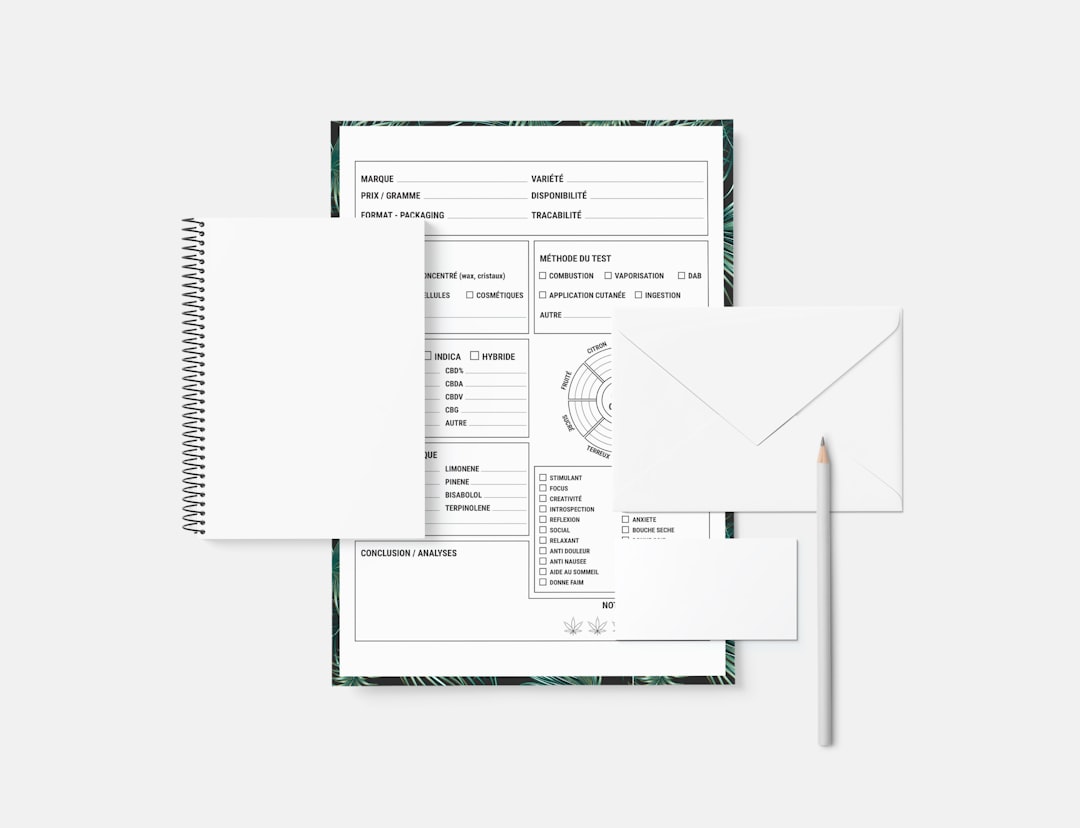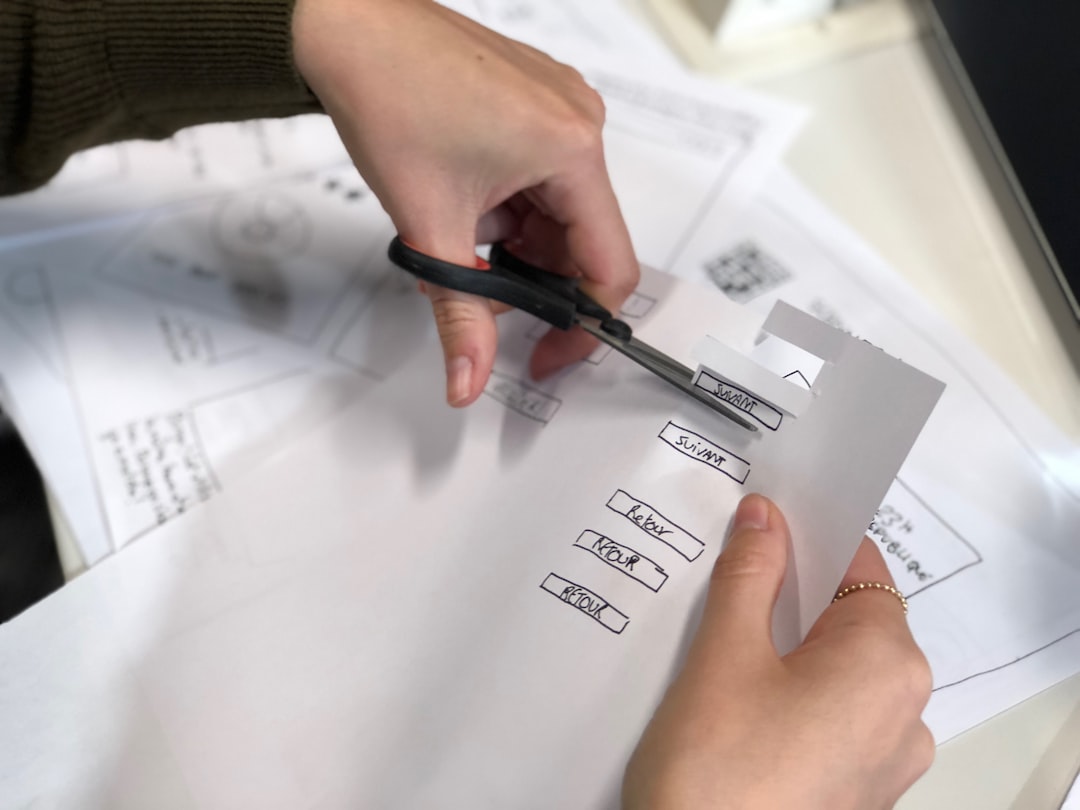Sending a service invoice might seem like a simple administrative task, but the way you design, format, and communicate your invoice can directly influence how quickly you get paid. A well-structured invoice shows professionalism, builds trust, and removes confusion—ultimately speeding up the payment process. Here’s how to create a service invoice that gets you paid faster and keeps your cash flow healthy.
Why a Professional Invoice Matters
Your invoice is a reflection of your business. A confusing or incomplete invoice may lead to delays, disputes, and even loss of credibility. On the other hand, a professionally crafted invoice communicates that you take both your work and your finances seriously. This alone can encourage a client to prioritize paying you.

1. Include the Right Information
One of the most common reasons for late payments is missing or unclear information. Your invoice should have all the essential details for both you and your client to reference easily.
Basic elements to include:
- Invoice number: A unique ID to help track your invoices.
- Invoice date: The day the invoice was created.
- Due date: Clearly indicate when payment is expected.
- Bill-to name and address: Include your client’s correct information.
- Your business contact info: Name, address, phone number, and email.
- List of services provided: Be specific with service descriptions and rates.
- Total amount due: Highlight this clearly at the bottom of the invoice.
Make sure all of these items are clear and legible. Use a consistent font and avoid cluttered layouts that might cause confusion.
2. Set Clear Payment Terms
Define your payment expectations up front by setting clear payment terms. This reduces ambiguity and can safeguard you from delays and disputes.
Some best practices:
- Standard payment terms: Use terms like “Net 15” or “Net 30” to indicate due dates.
- Late fees: Inform clients of any interest charged on overdue payments.
- Accepted payment methods: Specify if you accept PayPal, bank transfer, credit cards, or checks.
Consider offering early payment discounts to incentivize quicker remittance. For example, “2% discount if paid within 10 days.” This small incentive can sometimes make a significant difference.
3. Use User-Friendly Formatting
An invoice that’s hard to read is less likely to get paid on time. Format your invoice so it’s easy for your client to absorb the information with just a glance.

Formatting tips:
- Use bold text for key information like the total amount due and due date.
- Group related information together using borders or spacing.
- Use tables to itemize services clearly with columns for quantity, rate, and totals.
Always double-check for typos or miscalculations—they can diminish your credibility and lead to invoicing disputes.
4. Automate and Track Invoices
Manual invoicing increases the risk of errors and delays. Consider using invoicing software or accounting tools that can automate processes such as sending reminders, calculating taxes, and tracking due dates.
Benefits of automation:
- Faster delivery: Send invoices instantly via email or business platforms.
- Tracking status: Know whether an invoice has been received, opened, or overdue.
- Recurring services: Set automated invoices for subscriptions or repeat clients.
5. Follow Up Professionally
If a payment deadline passes, it’s important to follow up in a professional and courteous manner. Don’t let unpaid invoices linger for too long—waiting can compromise your cash flow and your business operations.
Effective follow-up strategies:
- Send a polite reminder email the day after the due date.
- Include a copy of the original invoice in your follow-up message.
- Contact via phone if emails go unanswered after several attempts.
Keep records of all communications related to your invoices. This will help in any potential disputes, and shows your intent to resolve matters fairly and transparently.
Conclusion
Getting paid quickly starts with sending a clear, professional, and complete invoice. Align your formatting, terms, and follow-up practices with best industry standards. Not only will this speed up payments, but it will also strengthen your reputation and set the tone for a long-term client relationship. Every step you take toward making invoicing easier benefits both you and your clients—and ultimately, your bottom line.


